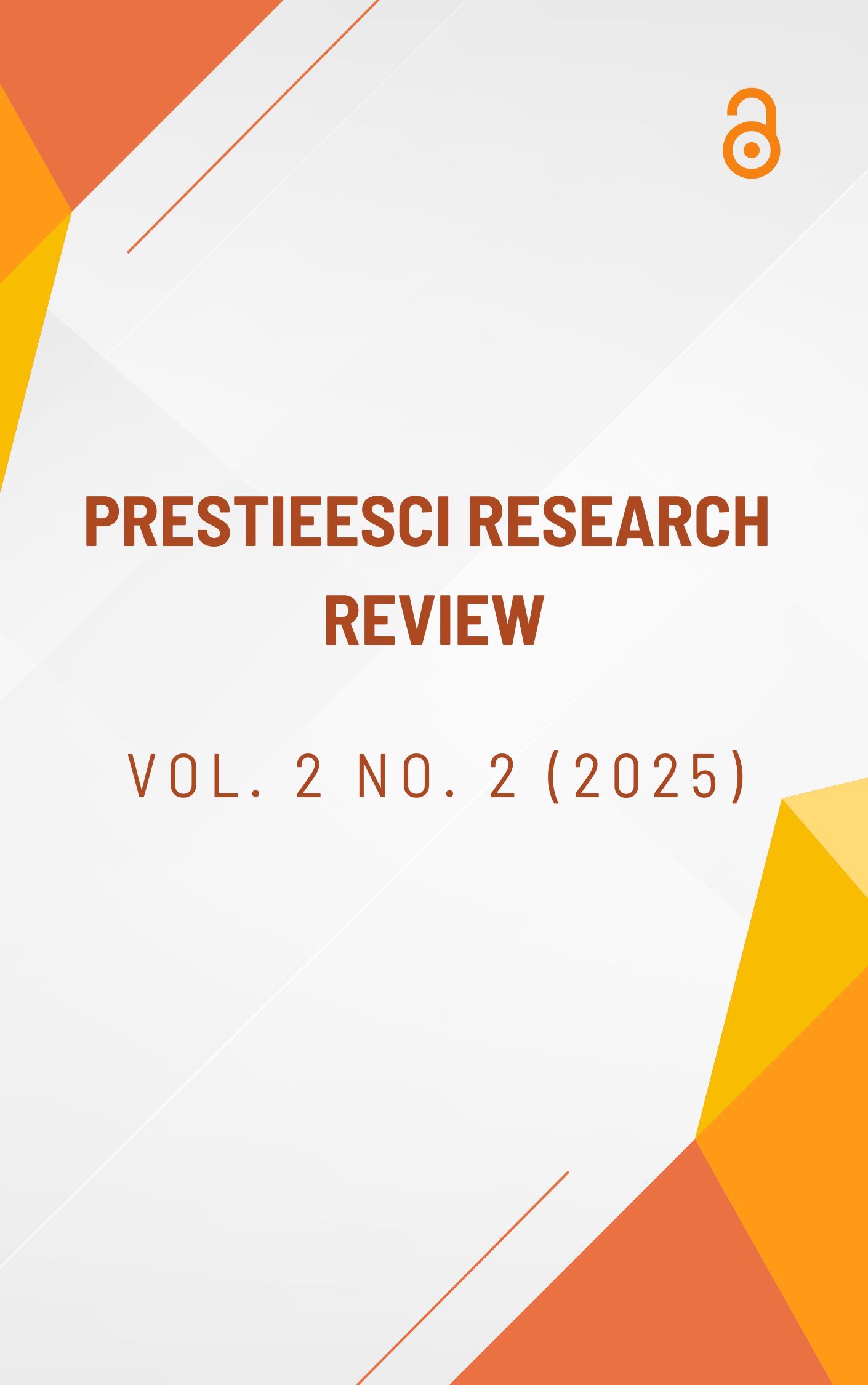MODIFYING CLIMATIC SYSTEM ASSUMPTIONS BY MEANS OF SOPHISTICATED ARTIFICIAL INTELLIGENCE (AI) METHODS: A RESEARCH PROJECT IN BEIJING, CHINA.
Keywords:
Climate Modelling, Artificial Intelligence, Machine Learning, Severe Weather, Climate Change, Global WarmingAbstract
Improving estimations of sustainable development networks using state-of-the-art AI methods such According to “An Investigation in Beijing, China,” cutting-edge AI techniques might be used to enhance the precision of climate change forecasts. Due to the inadequacy of traditional climate models in representing complex, non-linear climate systems, this research primarily aims to enhance the precision of climate forecasts via the use of artificial intelligence methods like deep learning networks and machine learning algorithms. Climate change, particularly in terms of temperature, humidity, and precipitation, is a significant issue in the Beijing region due to rapid urbanisation and excessive pollution, which the study investigates. By using AI to vast quantities of meteorological data, researchers may improve their ability to predict future climate scenarios, conduct more accurate risk assessments, and make better decisions on adaptation and mitigation strategies. This article demonstrates the successful application of AI in environmental research by creating upgraded prediction models tailored to Beijing’s unique meteorological conditions. It goes on to highlight how AI might revolutionise climate policy. Worldwide, companies and consumers have already lost over $500 billion due to climate change, and the problem is only getting worse. Both natural and urban ecosystems suffer as a result. The timely suggestions made by artificial intelligence (AI) based on realistic climate change estimates derived from a multitude of web resources might be the solution to some of these challenges. Recent research and practical applications of artificial intelligence have focused on energy conservation, carbon absorption and storage, transportation, grid administration, building design, accuracy in agriculture, industrial processes, resilient cities, and reducing deforestation.




